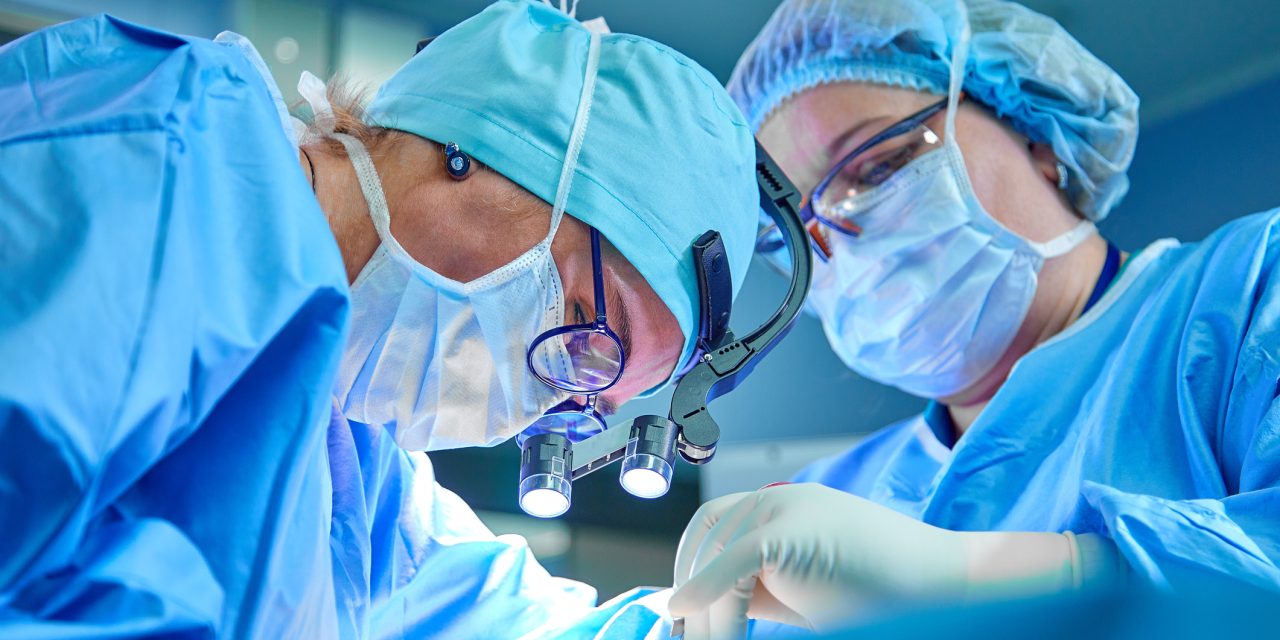With the development of modern society, severe and complex tibial fractures caused by high-energy injuries such as traffic accidents have gradually increased. At present, the commonly used methods for the treatment of tibial fractures include plate fixation, intramedullary nail fixation, and external fixation. Most of these fractures are open wounds with severe soft tissue injury and wound contamination, and some involve bone defects, which makes internal fixation treatment difficult.
This study aims to explore the use of intelligent computer-assisted Taylor 3D external fixation for the treatment of tibiofibular fractures.
In total, 70 patients were included and divided into the Taylor 3D external fixation (TSF) group (28 patients with severe tibial fractures treated with TSF) and the internal fixation group (42 patients with complicated tibiofibular fractures treated by internal fixation). After the treatment, the follow-up evaluation of TSF for the treatment of tibiofibular fractures noted the incidence of complications, as well as the efficacy and occurrence of internal fixation for the treatment of tibial fractures in our hospital.
The results showed that TSF was superior to orthopedics in the treatment of tibiofibular fractures in terms of efficacy and complications.
TSF for the treatment of tibiofibular fractures is more effective than internal fixation and the incidence of complications is low. This is a new technology for the treatment of tibiofibular fractures that is worthy of clinical promotion.
©Hongfeng Sheng, Weixing Xu, Bin Xu, Hongpu Song, Di Lu, Weiguo Ding, Henry Mildredl. Originally published in JMIR Medical Informatics (https://medinform.jmir.org), 14.05.2021.
Application of Intelligent Computer-Assisted Taylor 3D External Fixation in the Treatment of Tibiofibular Fracture: Retrospective Case Study.


